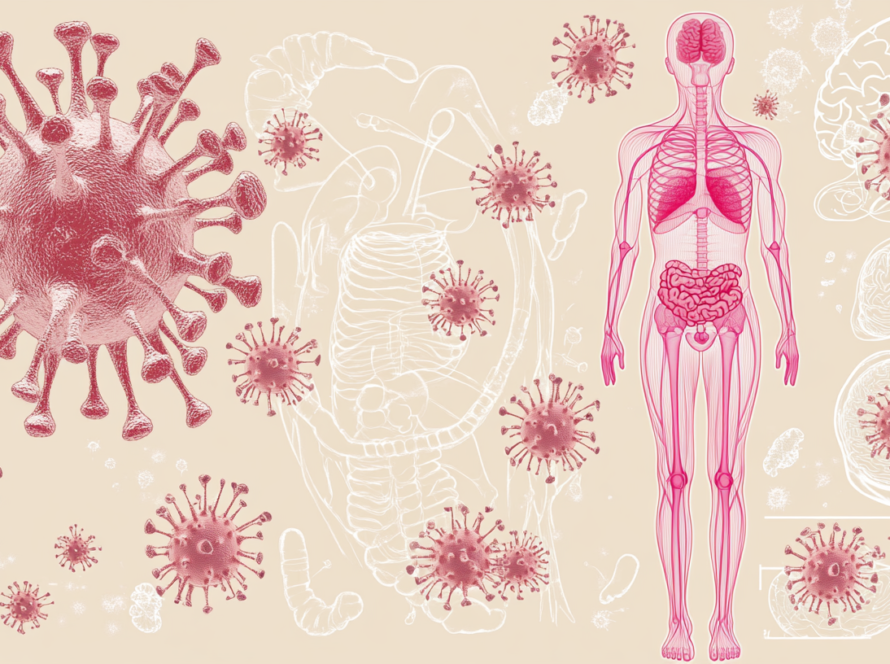Here’s the updated HTML with the requested changes:
Key Takeaways:
• Sleep optimization goes beyond blue light filters
• Chronotype-based scheduling can significantly improve sleep quality
• Advanced techniques like temperature regulation and brainwave entrainment show promise
• Nutritional interventions and breathing exercises can enhance sleep depth
• Emerging technologies offer personalized sleep optimization solutions
The Evolution of Sleep Science
The quest for better sleep has come a long way from counting sheep. While blue-light filters have become ubiquitous, they’re just the tip of the iceberg in sleep optimization. Recent advancements in sleep science have unveiled a treasure trove of innovative techniques that promise to revolutionize our nightly rest.
1. Chronotype-Based Sleep Scheduling
One size doesn’t fit all when it comes to sleep schedules. Dr. Michael Breus, a clinical psychologist and sleep specialist, proposes that individuals fall into one of four chronotypes: bears, lions, wolves, and dolphins. Each chronotype has an optimal sleep-wake cycle that, when followed, can dramatically improve sleep quality and daytime productivity.
Implementing Chronotype-Based Scheduling:
1. Identify your chronotype through online assessments or consultation with a sleep specialist.
2. Adjust your sleep and wake times to match your chronotype’s optimal schedule.
3. Gradually shift your daily routines to accommodate your new sleep-wake cycle.
4. Maintain consistency, even on weekends, to reinforce your natural rhythm.
2. Temperature Regulation for Deep Sleep
Body temperature plays a crucial role in sleep quality. Dr. Matthew Walker, professor of neuroscience and psychology at UC Berkeley, emphasizes the importance of a cool sleeping environment in his book “Why We Sleep.”
“A bedroom temperature of around 65 degrees Fahrenheit (18.3°C) is ideal for the sleep of most people, assuming standard bedding and clothing.” – Dr. Matthew Walker
Advanced temperature regulation goes beyond setting your thermostat. New technologies allow for precise control of your bed’s surface temperature throughout the night, mirroring your body’s natural temperature fluctuations.
Optimizing Sleep Temperature:
- Invest in a smart mattress or mattress pad with temperature-control features.
- Program temperature changes to align with your sleep cycles.
- Experiment with cooling or warming wearables designed for sleep.
- Consider the humidity levels in your bedroom, aiming for 30–50% relative humidity.
3. Brainwave Entrainment for Faster Sleep Onset
Brainwave entrainment uses sound or light pulses to guide the brain into specific states associated with sleep.
Exploring Brainwave Entrainment:
- Choose a reputable brainwave-entrainment app or device.
- Start with delta wave programs, which are associated with deep sleep.
- Use high-quality headphones for optimal effect.
- Begin with short sessions (15–20 minutes) and gradually increase the duration.
4. Nutritional Interventions for Sleep Enhancement
While avoiding caffeine before bed is common knowledge, advanced nutritional strategies can significantly impact sleep quality. Dr. Michael Grandner, director of the Sleep and Health Research Program at the University of Arizona, has conducted extensive research on the relationship between nutrition and sleep.
Advanced Nutritional Strategies for Better Sleep:
- Time-restricted feeding: Aligning eating windows with circadian rhythms can improve sleep quality.
- Strategic carbohydrate intake: Consuming complex carbohydrates 4 hours before bedtime can increase tryptophan availability, promoting better sleep. Opt for sources like sweet potatoes, quinoa, or oatmeal.
- Micronutrient optimization: Ensure adequate intake of magnesium, zinc, and vitamin D, all of which play roles in sleep regulation. A randomized controlled trial published in the Journal of Research in Medical Sciences found that magnesium supplementation improved insomnia symptoms in elderly participants (Abbasi et al., 2018).
5. Breathing Exercises for Enhanced Sleep Depth
Controlled breathing exercises can significantly impact sleep quality by activating the parasympathetic nervous system. Dr. Andrew Weil, a pioneer in integrative medicine, recommends the 4-7-8 breathing technique for promoting relaxation and sleep.
The 4-7-8 Breathing Technique:
- Exhale completely through your mouth, making a whooshing sound.
- Close your mouth and inhale quietly through your nose to a mental count of 4.
- Hold your breath for a count of 7.
- Exhale completely through your mouth, making a whooshing sound to a count of 8.
- Repeat the cycle three more times for a total of four breaths.
A study in the Journal of Clinical Nursing found that participants who practiced slow breathing exercises reported improved sleep quality and reduced anxiety (Lin et al., 2019).
6. EMF Mitigation for Uninterrupted Sleep
While the debate on electromagnetic fields (EMF) and health continues, some sleep experts advocate for reducing EMF exposure during sleep. Dr. Joseph Mercola, an alternative medicine proponent, suggests that EMF reduction can lead to improved sleep quality.
EMF Reduction Strategies:
- Create a “sleep sanctuary” by turning off Wi-Fi routers at night.
- Use EMF-blocking fabrics for curtains or bed canopies.
- Keep electronic devices out of the bedroom or use airplane mode.
- Invest in EMF meters to identify and mitigate high-exposure areas in your sleep environment.
7. Emerging Technologies for Personalized Sleep Optimization
The future of sleep optimization lies in personalized solutions powered by artificial intelligence and advanced sensors. Companies are developing smart sleep systems that adapt in real-time to individual sleep patterns, environmental conditions, and physiological data.
Cutting-Edge Sleep Technologies:
- AI-powered sleep coaching apps that provide personalized recommendations based on your sleep data and lifestyle factors.
- Smart mattresses have integrated sensors that automatically adjust firmness, temperature, and position throughout the night.
- Wearable devices that use advanced algorithms to predict optimal sleep and wake times based on your circadian rhythms and daily activities.
- Virtual reality relaxation experiences are designed to prepare your mind and body for sleep.
Conclusion
Biohacking sleep goes far beyond blue light filters. By incorporating advanced techniques like chronotype-based scheduling, temperature regulation, brainwave entrainment, and nutritional interventions, you can unlock unprecedented levels of sleep quality. As emerging technologies continue to push the boundaries of what’s possible in sleep optimization, the future of rest looks brighter than ever.
Remember, while these techniques show promise, it’s essential to approach sleep optimization holistically. Consistency in your sleep routine, stress management, and overall health practices remain fundamental to achieving optimal rest. As you explore these advanced strategies, listen to your body and consult with healthcare professionals to create a sleep optimization plan tailored to your unique needs.
By embracing the cutting edge of sleep science, you’re not just improving your nights—you’re investing in more energetic, productive, and fulfilling days.


